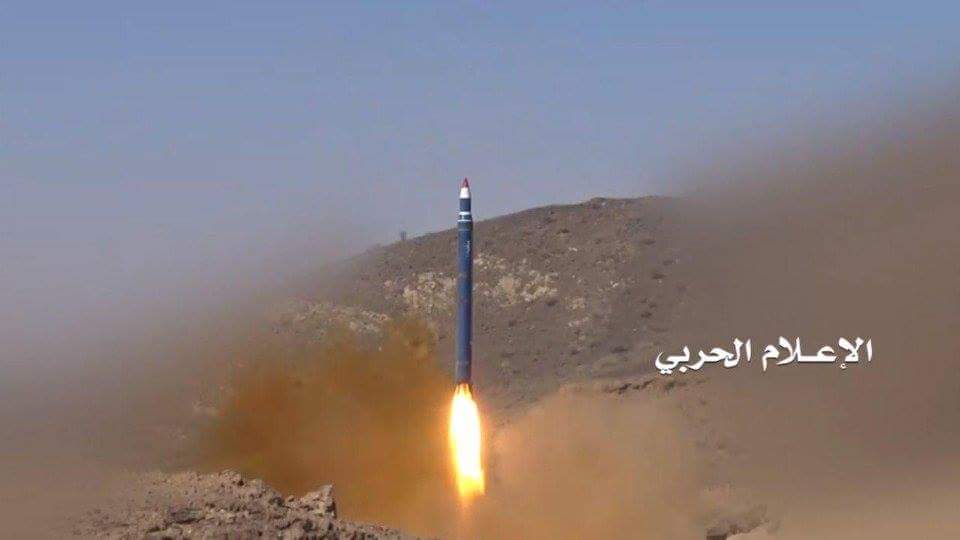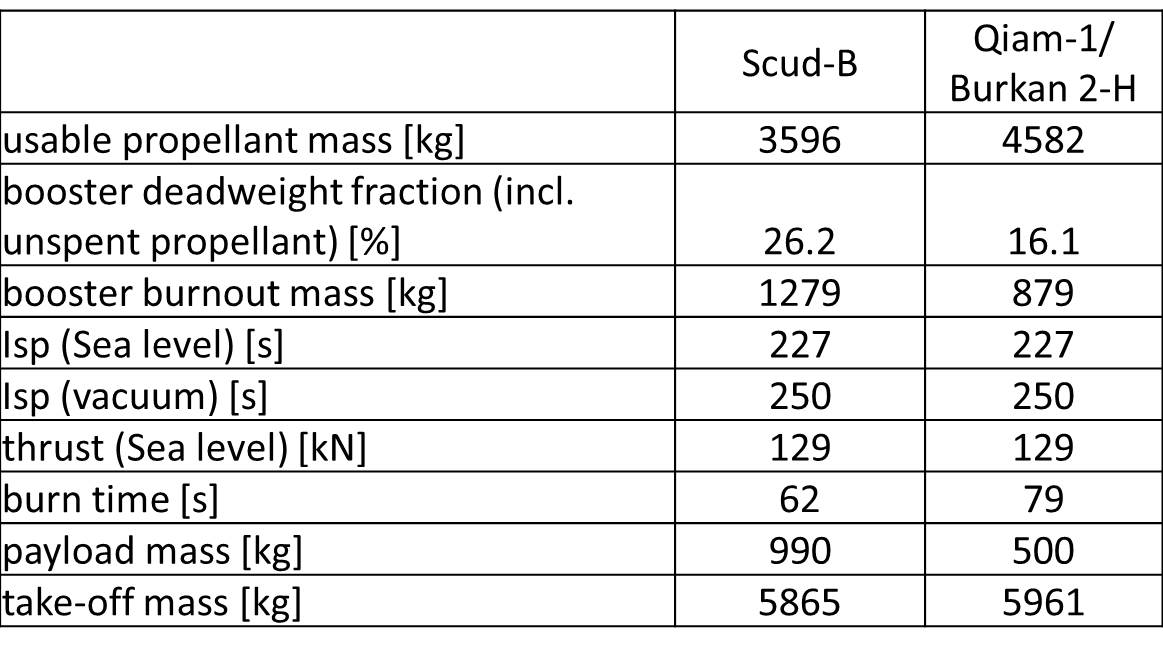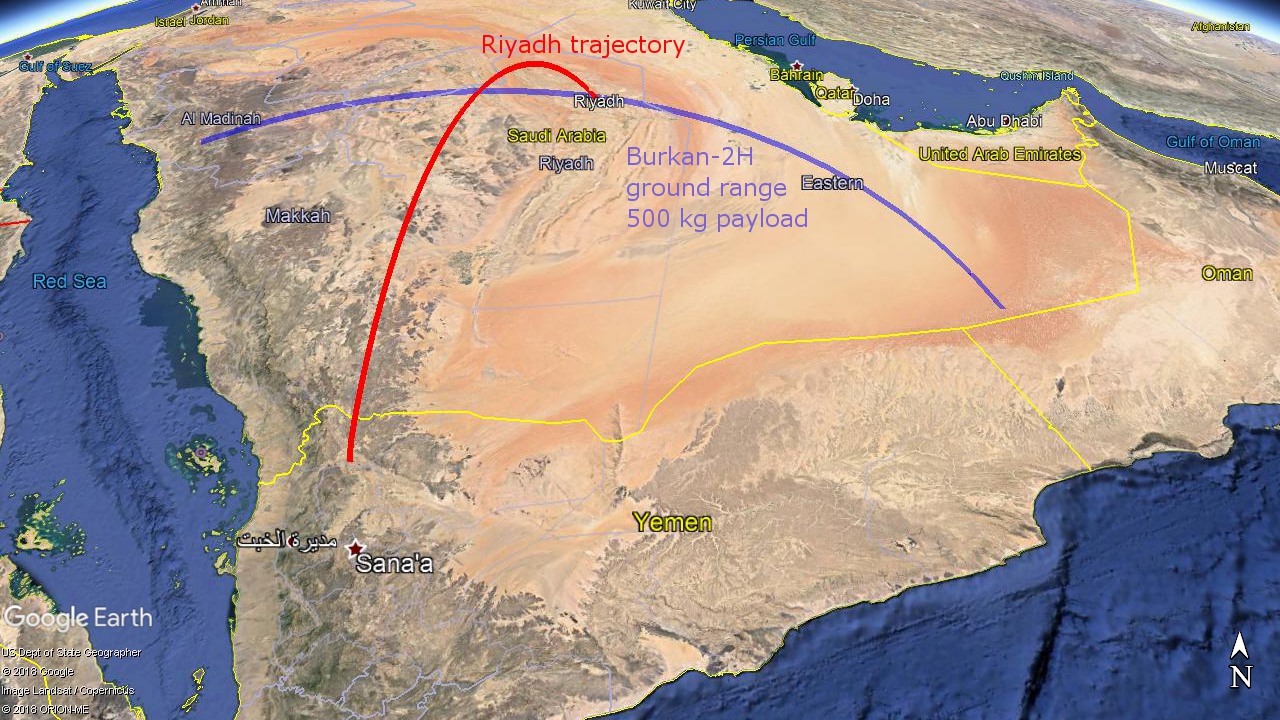(320) 04-21-2018-to-04-27-2018___****THE****WINDS****of****WAR****
http://www.timebomb2000.com/vb/show...4-27-2018___****THE****WINDS****of****WAR****
(321) 04-28-2018-to-05-04-2018___****THE****WINDS****of****WAR****
http://www.timebomb2000.com/vb/show...5-04-2018___****THE****WINDS****of****WAR****
(322) 05-05-2018-to-05-11-2018___****THE****WINDS****of****WAR****
http://www.timebomb2000.com/vb/show...5-11-2018___****THE****WINDS****of****WAR****
============
Well folks, due to meat world commitments I haven't been able to do the "deep diving" I try to do of late so I missed this one....HC
For links see article source.....
Posted for fair use.....
http://www.middleeasteye.net/news/s...pursue-nuclear-weapons-if-iran-does-826989731
Saudi Arabia reiterates vow to pursue nuclear weapons if Iran does
#IranNuclear
Foreign Minister Adel al-Jubeir says Saudi will match any Iranian development of nuclear weapons
MEE and agencies
Wednesday 9 May 2018 20:14 UTC
Last update: Thursday 10 May 2018 2:33 UTC
Saudi Arabia will develop its own nuclear weapons if Iran does, Foreign Minister Adel al-Jubeir told CNN on Wednesday, amid spiralling tensions between the regional rivals.
Asked whether Riyadh would "build a bomb itself" if Tehran resumes a nuclear weapons programme in light of Washington's nixing of the 2015 nuclear deal, Jubeir said: "If Iran acquires nuclear capability we will do everything we can to do the same."
In March, Saudi Crown Prince Mohammed bin Salman said his country would develop a nuclear bomb if Iran does.
"Saudi Arabia does not want to acquire any nuclear bomb, but without a doubt if Iran developed a nuclear bomb, we will follow suit as soon as possible," MBS told CBS in an interview.
Jubeir's renewed vow came after US President Donald Trump pulled the United States out of an accord designed to prevent Tehran's alleged quest for the bomb.
The United States, South Korea, Russia, France and China are bidding on a multi-billion dollar tender to build Saudi Arabia's first two nuclear reactors.
The world's top oil exporter has previously said it wants nuclear technology only for peaceful uses, but has left unclear whether it also wants to enrich uranium to produce nuclear fuel, a process which can also be used in the production of atomic weapons.
The government approved a national policy for its atomic energy programme on Tuesday, including limiting all nuclear activities to peaceful purposes, within the limits defined by international treaties.
Reactors need uranium enriched to around five percent purity, but the same technology can be used to enrich the heavy metal to a higher, weapons-grade level. This fact has been at the heart of Western and regional concerns over the nuclear work of Iran, Saudi Arabia’s arch-rival, which enriches uranium domestically.
Jubeir's comments also came amid growing tension between the Sunni kingdom and the Islamic republic over Iran's support for the Houthi rebels in Yemen.
Riyadh, which leads a regional coalition in Yemen's civil war battling the Houthis, accuses Iran of supplying the militia with ballistic missiles.
"These missiles are Iranian manufactured and delivered to the Houthis. Such behaviour is unacceptable. It violates UN resolutions with regards to ballistic missiles. And the Iranians must be held accountable for this," Jubeir told CNN.
"We will find the right way and at the right time to respond to this," he warned. "We are trying to avoid at all costs direct military action with Iran, but Iran's behaviour such as this cannot continue. This amounts to a declaration of war."
Comments 20
Read more:
Iran deal: How the world reacted to Trump's decision #IranNuclear
With burned flags and mockery, Iran responds to Trump’s nuclear decision #IranNuclear
The Iran nuclear deal, explained in six graphics #IranNuclear
http://www.timebomb2000.com/vb/show...4-27-2018___****THE****WINDS****of****WAR****
(321) 04-28-2018-to-05-04-2018___****THE****WINDS****of****WAR****
http://www.timebomb2000.com/vb/show...5-04-2018___****THE****WINDS****of****WAR****
(322) 05-05-2018-to-05-11-2018___****THE****WINDS****of****WAR****
http://www.timebomb2000.com/vb/show...5-11-2018___****THE****WINDS****of****WAR****
============
Well folks, due to meat world commitments I haven't been able to do the "deep diving" I try to do of late so I missed this one....HC
For links see article source.....
Posted for fair use.....
http://www.middleeasteye.net/news/s...pursue-nuclear-weapons-if-iran-does-826989731
Saudi Arabia reiterates vow to pursue nuclear weapons if Iran does
#IranNuclear
Foreign Minister Adel al-Jubeir says Saudi will match any Iranian development of nuclear weapons
MEE and agencies
Wednesday 9 May 2018 20:14 UTC
Last update: Thursday 10 May 2018 2:33 UTC
Saudi Arabia will develop its own nuclear weapons if Iran does, Foreign Minister Adel al-Jubeir told CNN on Wednesday, amid spiralling tensions between the regional rivals.
Asked whether Riyadh would "build a bomb itself" if Tehran resumes a nuclear weapons programme in light of Washington's nixing of the 2015 nuclear deal, Jubeir said: "If Iran acquires nuclear capability we will do everything we can to do the same."
In March, Saudi Crown Prince Mohammed bin Salman said his country would develop a nuclear bomb if Iran does.
"Saudi Arabia does not want to acquire any nuclear bomb
Jubeir's renewed vow came after US President Donald Trump pulled the United States out of an accord designed to prevent Tehran's alleged quest for the bomb.
The United States, South Korea, Russia, France and China are bidding on a multi-billion dollar tender to build Saudi Arabia's first two nuclear reactors.
The world's top oil exporter has previously said it wants nuclear technology only for peaceful uses, but has left unclear whether it also wants to enrich uranium to produce nuclear fuel, a process which can also be used in the production of atomic weapons.
The government approved a national policy for its atomic energy programme on Tuesday, including limiting all nuclear activities to peaceful purposes, within the limits defined by international treaties.
Reactors need uranium enriched to around five percent purity, but the same technology can be used to enrich the heavy metal to a higher, weapons-grade level. This fact has been at the heart of Western and regional concerns over the nuclear work of Iran, Saudi Arabia’s arch-rival, which enriches uranium domestically.
Jubeir's comments also came amid growing tension between the Sunni kingdom and the Islamic republic over Iran's support for the Houthi rebels in Yemen.
Riyadh, which leads a regional coalition in Yemen's civil war battling the Houthis, accuses Iran of supplying the militia with ballistic missiles.
"These missiles are Iranian manufactured and delivered to the Houthis. Such behaviour is unacceptable. It violates UN resolutions with regards to ballistic missiles. And the Iranians must be held accountable for this," Jubeir told CNN.
"We will find the right way and at the right time to respond to this," he warned. "We are trying to avoid at all costs direct military action with Iran, but Iran's behaviour such as this cannot continue. This amounts to a declaration of war."
Comments 20
Read more:
Iran deal: How the world reacted to Trump's decision #IranNuclear
With burned flags and mockery, Iran responds to Trump’s nuclear decision #IranNuclear
The Iran nuclear deal, explained in six graphics #IranNuclear

/arc-anglerfish-arc2-prod-mco.s3.amazonaws.com/public/E7CXFVQ6EZFU3LX6C6FUHMIQAE.jpg)
/arc-anglerfish-arc2-prod-mco.s3.amazonaws.com/public/RTMGQNSEM5FOBPOUKJHH65TFEQ.jpg)





